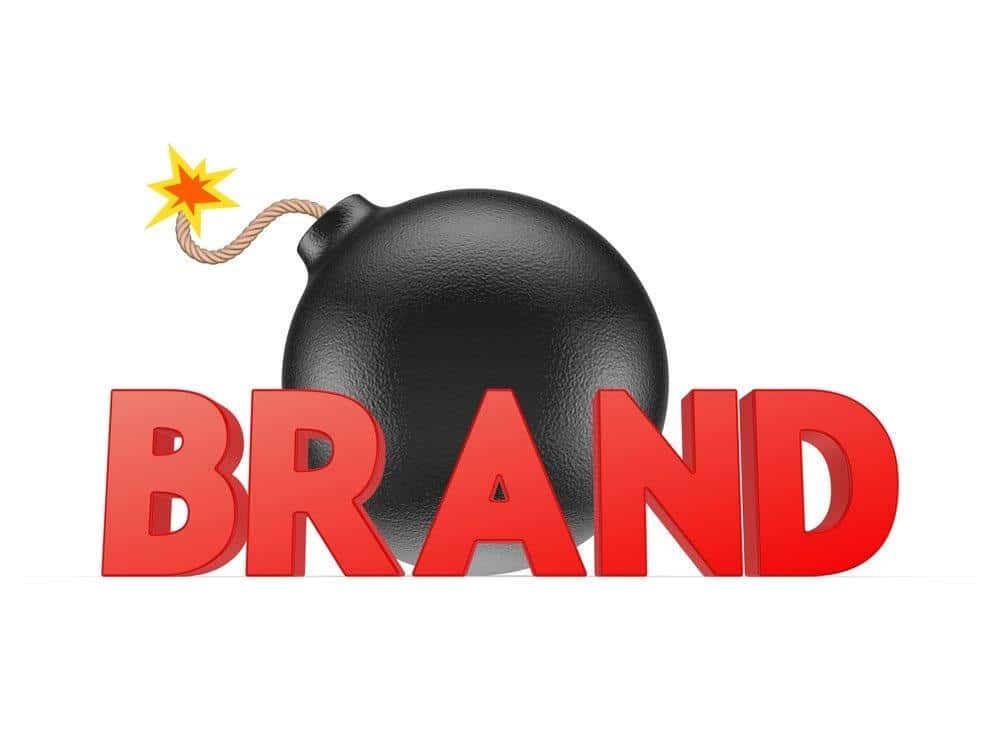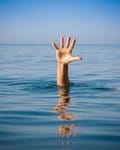 Companies – especially new companies–underestimate channel distribution management. Channel distribution management includes everything from merchandising and delivery, to policies and procedures, oversight and field reports. It’s a huge area of concern. The bottom line is: Your customer can’t buy it if it isn’t there.
Companies – especially new companies–underestimate channel distribution management. Channel distribution management includes everything from merchandising and delivery, to policies and procedures, oversight and field reports. It’s a huge area of concern. The bottom line is: Your customer can’t buy it if it isn’t there.
The channels are not designed to build brands – they’re designed to sell and deliver brands. Chiefly, channel distribution management is never taking those facts for granted. Channel distribution management requires what I call the 7 sales (some industries may have more, some fewer).
To make the 7 sales in channel distribution management, you have to sell to:
1. Your own people
On your product, its features, benefits, and price – but also on the challenges of getting it to the customer.
2. The owner of the distributorship or jobber
They need to know everything about your product. They have to be sold on the fact that it’s good for their company to carry your product – because it’s successful, profitable, no-muss-no-fuss, or will go through the system with no recalls. Tell them how your product gives them an advantage over their competition and more influence with key retailers.
3. Your distributor’s sales manager
He’s the guy who decides how much energy to put into each product. And he’ll be sold because of volume sales, because you will have people in the field to help him sell it, or because of what’s called backdooring (that you already have a supermarket or a key buyer that wants it).
(Note: I haven’t even said how good the brand is yet – and we’re to the fourth sale.)
4. The sales manager’s salesperson
He’ll buy it because there’s an incentive for him – a trip or a bonus, or he makes so much per unit. He will love having your brand if you have a representative in the field who’ll sell it for him.
5. The retailer
She’ll buy it if she sees there’s existing demand for the product or a big advertising campaign. You must have all the signage necessary to communicate a compelling message to the buyer. You need endorsements, displays, point-of-sale materials, and so on. And you have a representative in the area to fix problems so she won’t get stuck with your product if it doesn’t sell quickly.
6. The retailer’s clerk or manager
They are the ones who talk to the end user, the general public customers. They’ll buy it because you have explained the benefits, offered to help them build displays or put up signs, and because you’ll bring people in to buy it. This person will be key in keeping your product in stock.
7. Now, if you’re lucky, you get to make the 7th sale; you get to sell it to the end user.
I don’t need to say much about that here, except to say, don’t set out only to sell to the general public. Find out what your ideal consumer wants, and give it to them.
Now multiply this by every city where you envision selling your product and you have some idea of the magnitude of channel distribution management. This, of course, just chips the surface of this enormous – and enormously important – topic. But suffice to say, don’t expect the channel to build your brand; they sell brands. Give everyone in the distribution channel lots of reasons to sell yours.
Of course, there’s much more that could be said on this subject. What’s been your experience? Michael Houlihan, co-founder of Barefoot Wine, the largest selling wine brand in the nation, invites you to join the discussion on Channel Distribution Management with your comments, thoughts, and opinions below.



